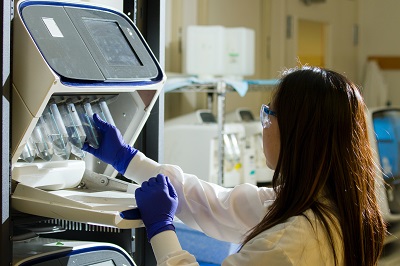The application procedures for registering an A-class medical device with the Health Sciences Authority (HSA) in Singapore are relatively straightforward, as these devices are classified as low-risk. Below are the key steps involved in applying for A-class medical device registration:
1. Prepare the Required Documents
Before starting the application, ensure that you have all the necessary documents prepared. The HSA requires comprehensive documentation to assess the safety, effectiveness, and compliance of the device with the regulatory standards.
Key Documents:
- Device Description: A clear description of the device, its intended use, indications, design, and how it works.
- Manufacturing Information: Details of the manufacturer, including the name, address, and contact information. If the manufacturer is located outside Singapore, an Authorized Representative (AR) in Singapore is required.
- Labeling and Instructions for Use (IFU): The device labeling, packaging, and any user instructions. Ensure that these meet HSA's labeling requirements, including language and content.
- Risk Management File: A risk assessment in line with ISO 14971, which identifies the risks associated with the device and how they are mitigated.
- Conformity Assessment: Declaration that the device complies with relevant international standards (e.g., ISO 13485 for quality management).
- Certificate of Free Sale (if applicable): Some manufacturers might be required to provide a Certificate of Free Sale from the country of origin or another jurisdiction, confirming that the device is freely sold in that market.
2. Register for an HSA MDRS Account
- Create an Account: To submit an application, you need to create an account with the Medical Device Regulatory System (MDRS) portal on the HSA website.
- Appoint an Authorized Representative (AR): If you are a foreign manufacturer, you must appoint an Authorized Representative (AR) based in Singapore. The AR will submit the application on your behalf if you are not located in Singapore.
3. Submit the Application via the HSA MDRS Portal
Once you have your documentation ready and your account is set up, follow these steps to submit your application:
Steps for Submission:
- Login to the HSA MDRS Portal: Use your registered account to access the portal.
- Fill Out the Application Form: Complete the online form with the required details of the medical device, including the manufacturer's information, device description, intended use, and classification (A-class).
- Upload the Documents: Upload all required supporting documents such as:
- Device Description
- Risk Management File
- Quality Management System Certification (ISO 13485)
- Labeling and Instructions for Use (IFU)
- Pay the Registration Fee: The HSA charges a fee for medical device registration. Payment is made through the MDRS portal.
4. HSA Review and Evaluation
After the submission, HSA will review the application to ensure that the device complies with the necessary regulatory requirements.
Steps in Review:
- Document Verification: HSA will check if all required documents are correctly submitted and in the correct format.
- Risk Assessment Review: HSA will review the risk management file to ensure that the risks associated with the device are properly identified and mitigated.
- Labeling Review: The labeling and instructions for use will be assessed to ensure that they are compliant with the relevant regulations and provide adequate information for safe use.
- Device Classification Confirmation: While A-class devices are typically straightforward, HSA may verify the classification of the device to ensure it falls under the low-risk category.
5. HSA Decision and Approval
Once HSA has reviewed the application and determined that the device meets all regulatory requirements, they will:
- Grant Registration Approval: If the application is approved, HSA will issue a unique registration number for the device. This registration number must be included on the device's labeling and marketing materials.
- Listing in the Singapore Medical Device Register (SMDR): The device will be officially listed in the SMDR, confirming its registration in Singapore.
6. Post-Approval Actions
After your device has been registered, you must ensure ongoing compliance with HSA's post-market surveillance requirements:
- Post-Market Surveillance: You are required to monitor the device's performance and safety in the market. This includes reporting any adverse events or malfunctions.
- Adverse Event Reporting: If any serious adverse events or safety issues arise, you must report them to HSA within the specified timeframe (typically 15 days for serious adverse events).
- Annual Registration Renewal: The registration is valid for one year, and you must renew it annually to keep the device listed in the SMDR.
7. Modifications and Changes to the Device
If any changes occur to the device, such as modifications to its design, labeling, or manufacturing process, you must notify HSA and update the registration. Significant changes may require a new application or review.
Key Takeaways on Application Procedures
- Prepare the necessary documentation including device description, risk management file, and labeling.
- Create an account on the HSA MDRS portal and appoint an Authorized Representative (if applicable).
- Submit the application through the MDRS portal, including required documents and fees.
- Wait for HSA’s review and decision on your application. This typically takes 4 to 6 weeks.
- If approved, you will receive a unique registration number, and your device will be listed in the Singapore Medical Device Register (SMDR).
- Ensure post-market compliance, including adverse event reporting and annual registration renewal.
By following this procedure, you can successfully navigate the application process for A-class medical devices with HSA and ensure compliance with Singapore’s medical device regulations.

Whatsapp or Wechat:+86 15816864648;email address:hito.lin@grzan.cn
.png)
.jpg)
.png)

.png)